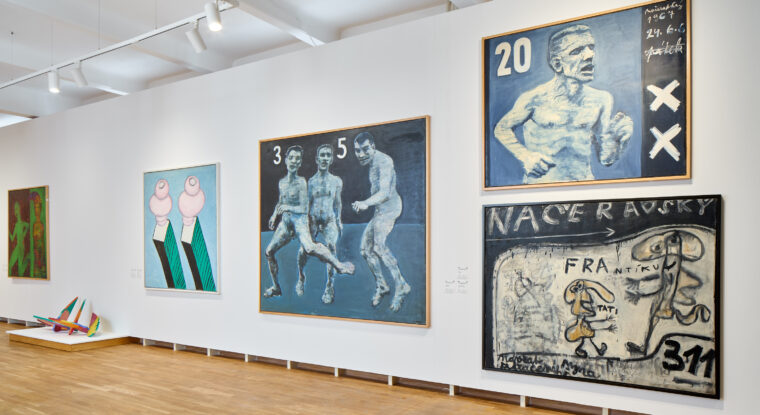
One of the ways in which members of modern society express themselves is by collecting fine art. The cosmos of their burgeoning collection conveys their passions, pursuits, and opinions on what is good, high-quality, meaningful and beautiful. We can think of collection-building as an open and dynamic process with an unknown endpoint, because as the collection grows, so does the collector’s knowledge and experience, and the future of the collection is slowly reshaped.
Detail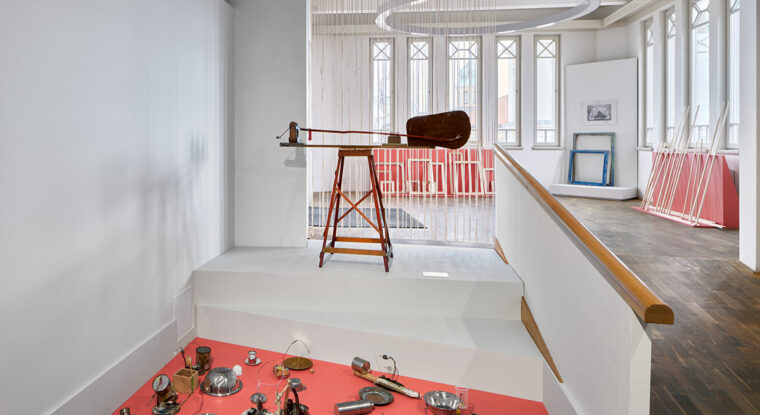
The Art of Interaction seeks to redefine the concept of interaction in art, to transcend our usual understanding of this term in relation to new media and digital art, and to focus on other possibilities for actively involving the viewer into the process of perceiving and creating works of art. The exhibition takes an innovative look at participatory art and the art of collaboration, all of which we include under the art of interaction.
Detail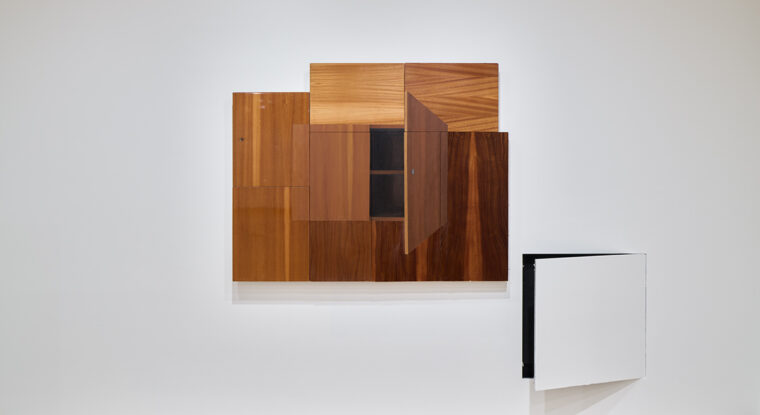
The exhibition titled Corpus presents the basic building block of the art of David Čumalo. In Čumalo’s eyes, a corpus is not just a framework or foundation on which to create his art – it is a complex and multi-layered space in which colours, motifs, technique and symbolism come together. Corpus in Latin also means body, which is not present in David Čumal’s works, and for this reason, the works of Adriena Šimotová were chosen for the dialogue. His paintings are visual records and frequently contain motifs that reflect the various layers and the texture of this visual content, but they also reference the deeper emotional and cultural aspects of the aforementioned building block or foundation.
Detail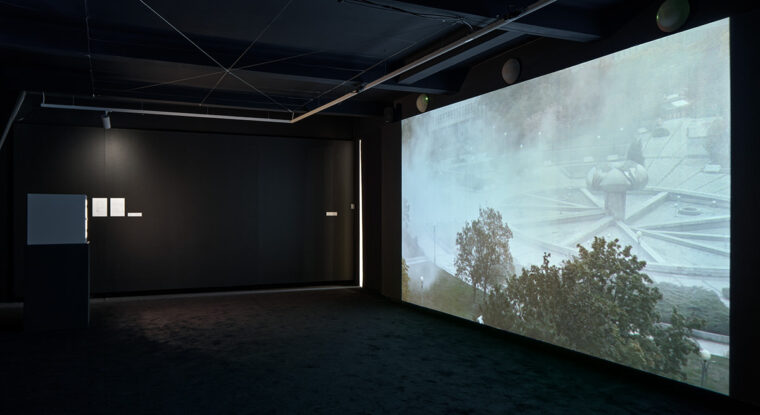
The exhibition by Slovak artist, activist, and curator Ilona Németh (b. 1963) brings three works to the Black Cube space Gallery of Modern Art in Hradec Králové: Optimal Space (Optimálny priestor), Fog (Hmla), and Other Fragments of Constitutionality (Ďalšie fragmenty ústavnosti). Together, these three works form the symbolic axis of Ilona Németh’s work, which moves back and forth between the themes of personal experience and public representation, the body and the institution, lived space and power. In this interpretation, art is more than an expression of the artist’s civic stances: it also reinterprets and co-creates the conditions of shared civic experience.
Detail
Presented in the form of an open depository, the exhibition Vladimír Preclík’s Gift to the Hradec Králové Region includes all the works from a collection donated by the sculptor Vladimír Preclík (fifty-four works in total), supplemented by other works from the collection of the Gallery of Modern Art in Hradec Králové.
Detail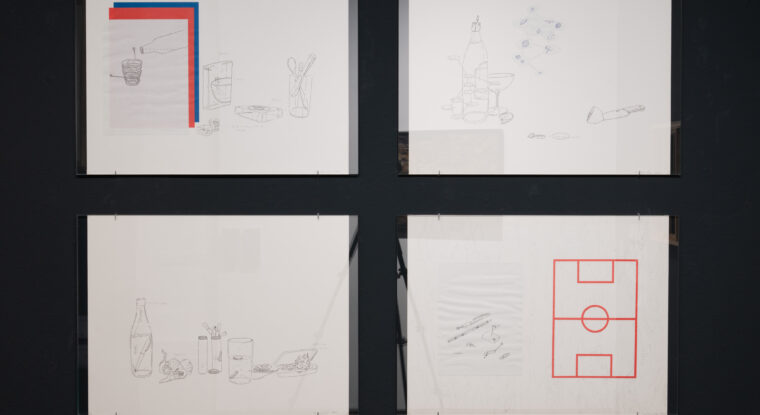
The Cabinet of Curiosities section of the exhibition How to Collect Art: The Karel Tutsch Story introduces visitors to Karel Tutsch’s early collecting activities through a set of ex libris – a collection of small-scale applied graphic art. From here, Tutsch’s interests logically expanded to include fine art prints. Over time, the Cabinet of Curiosities will present various artists and their works on paper that form an indispensable part of the collection.
Detail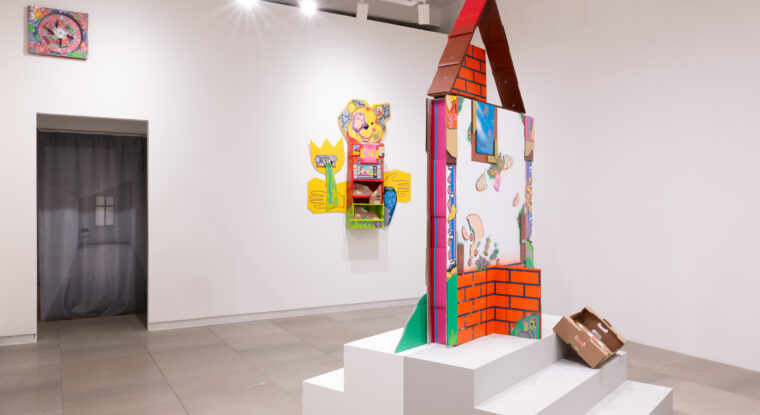
The concept of the historically focused collection exhibition How to Collect Art: the Karel Tutsch Story will be expanded by a series of exhibitions of the youngest generation of artists, current students or graduates from art school studios. In this way, the curators will revive Tutsch’s basic strategy of discovering and presenting the works of previously unknown artists in a new context. Gallery Na bidýlku II will thus become a laboratory for new approaches to the traditional medium of painting and installation, whose transformations Tutsch has followed and supported for several decades.
Detail
The site specific installation Melanosis consists of burnt speakers stacked into massive blocks, from which sound spreads into the space. The motif of a burnt landscape evoked by the installation serves as a metaphor for inner transformation. Michal Kindernay’s work contributes to the broader social debate on sustainability, animal extinction, the disappearance of fauna, and climate change.
Detail
Hradec Králové’s Velké náměstí (Great Square) is currently dominated by cars. This large parking area in the historic city centre has been the scene of clashing opinions regarding the square’s current and future use. On the one hand are voices in favour of preserving parking and in support of car traffic, while on the other hand there is an interest in designing public space for people and their daily activities. Czech society has generally cherished its cars and placed them on an untouchable pedestal, but there is currently debate throughout the country as to whether public space should be more accommodating to people or to cars.
Detail